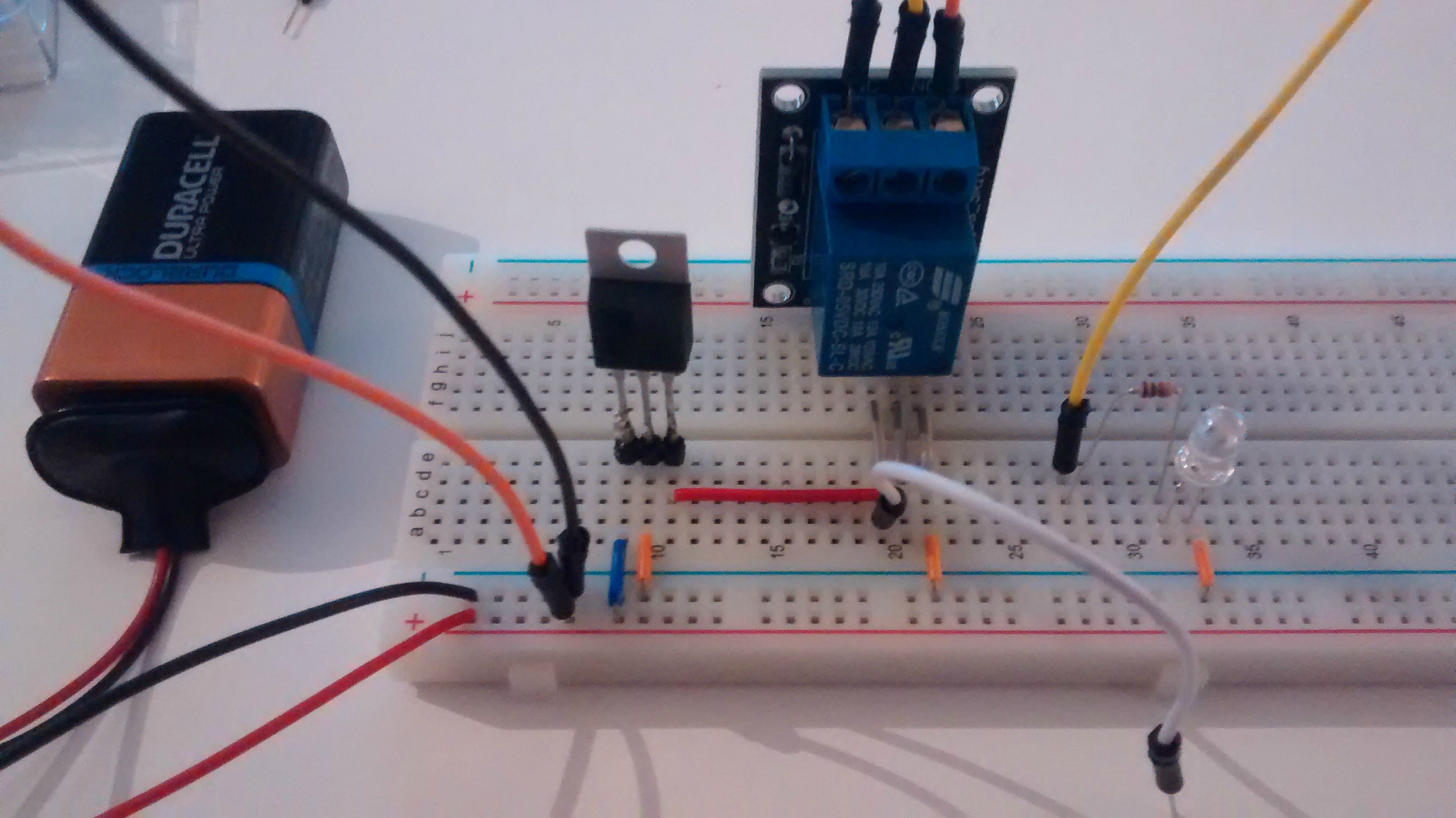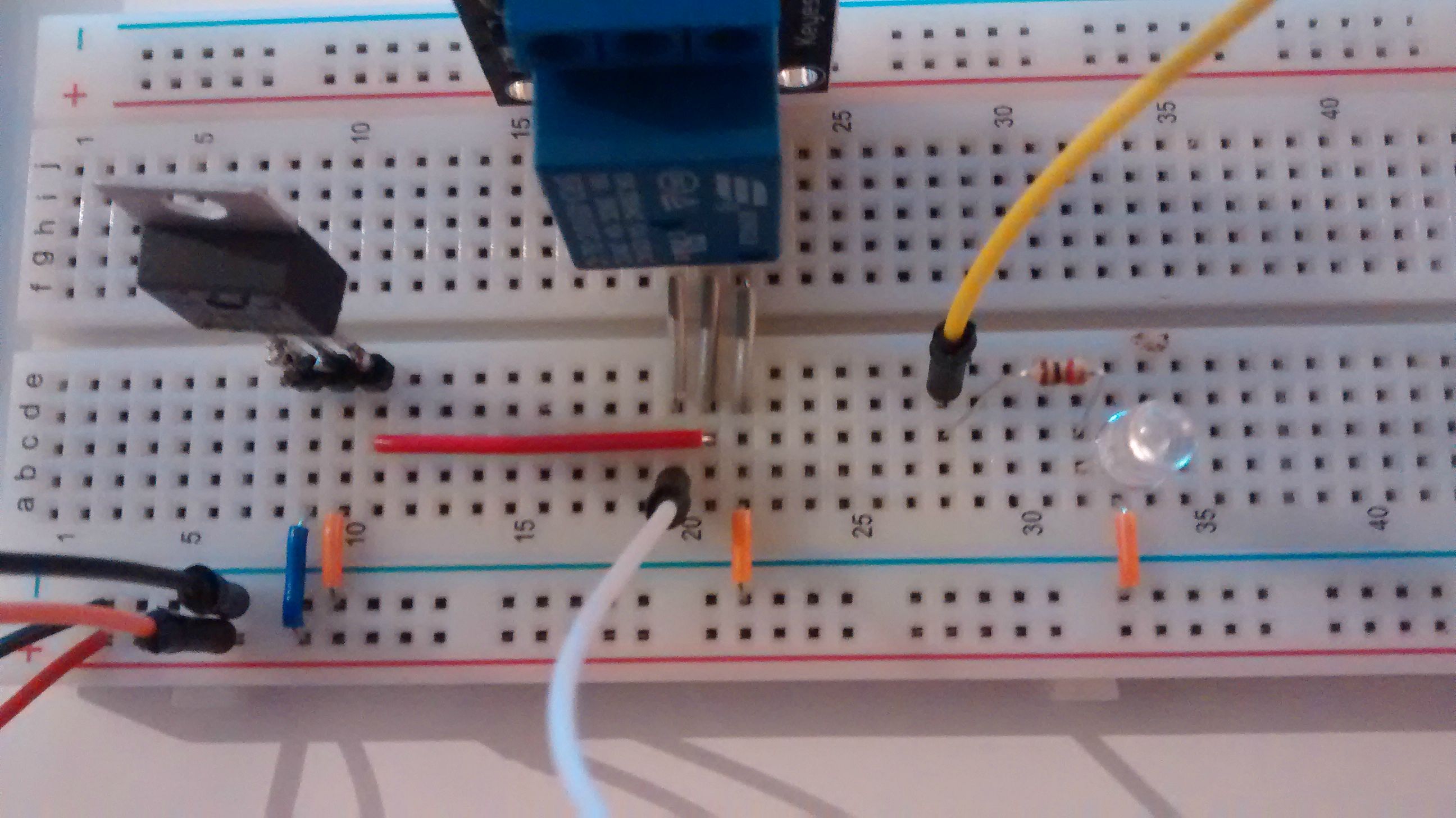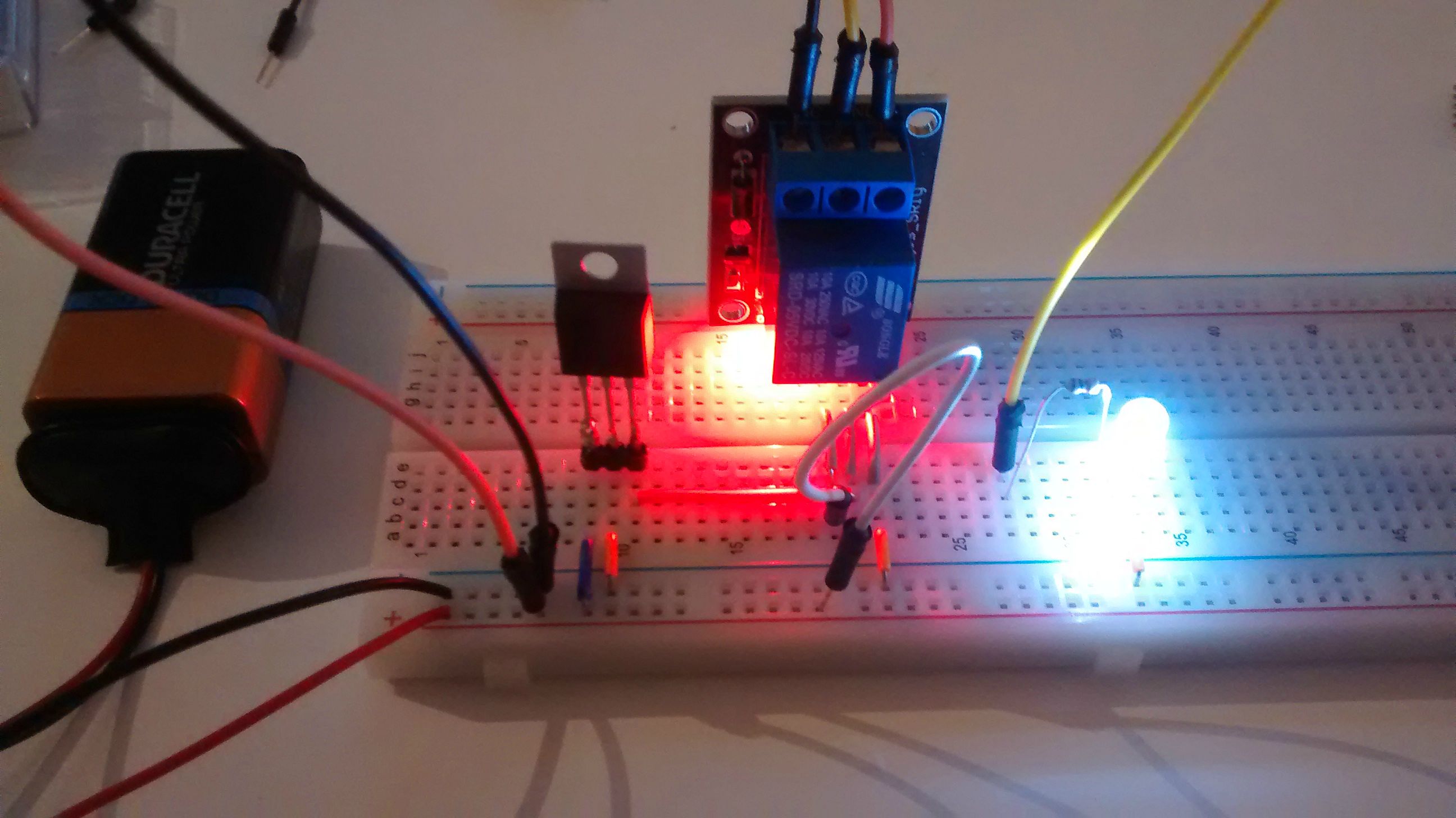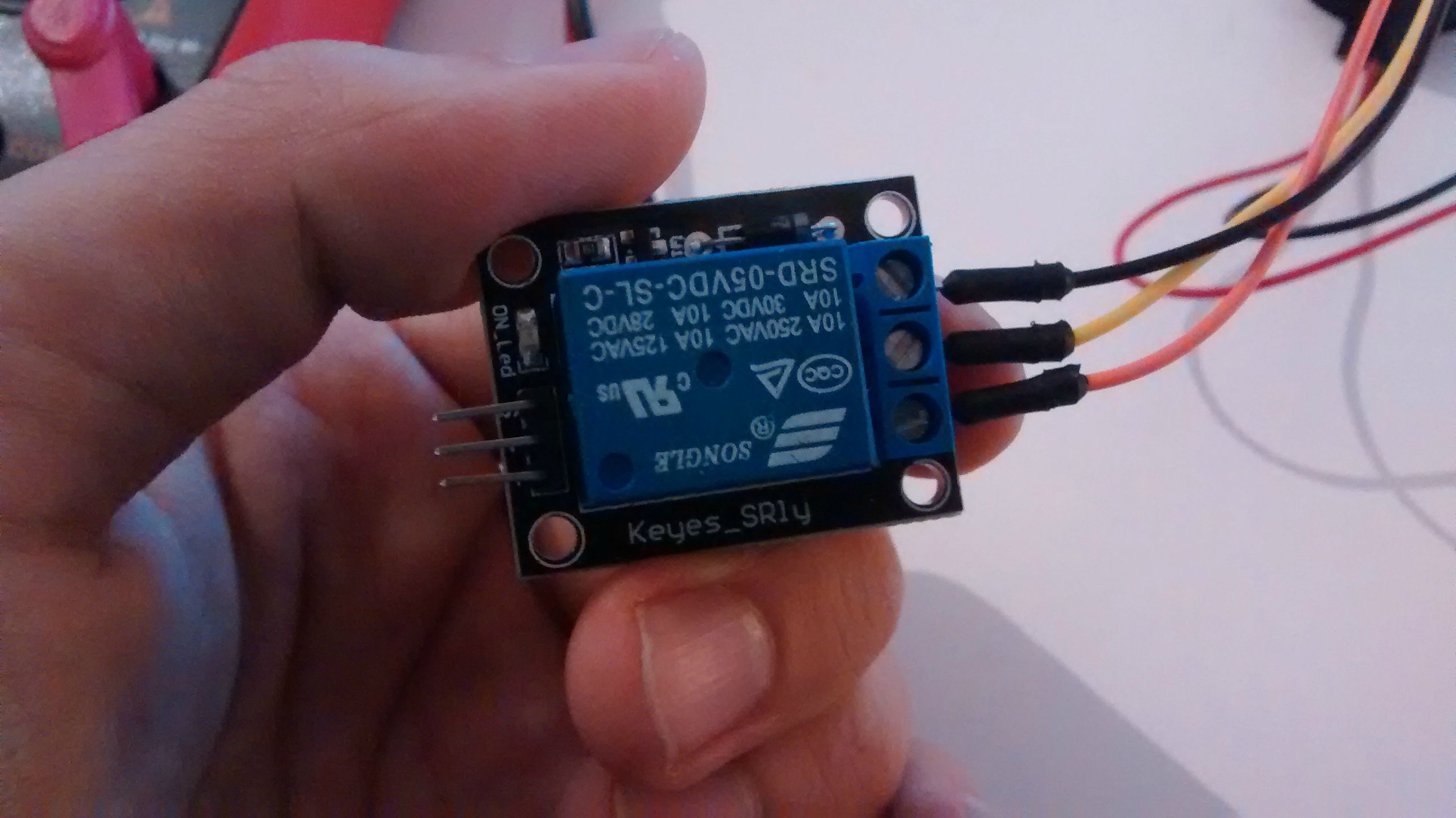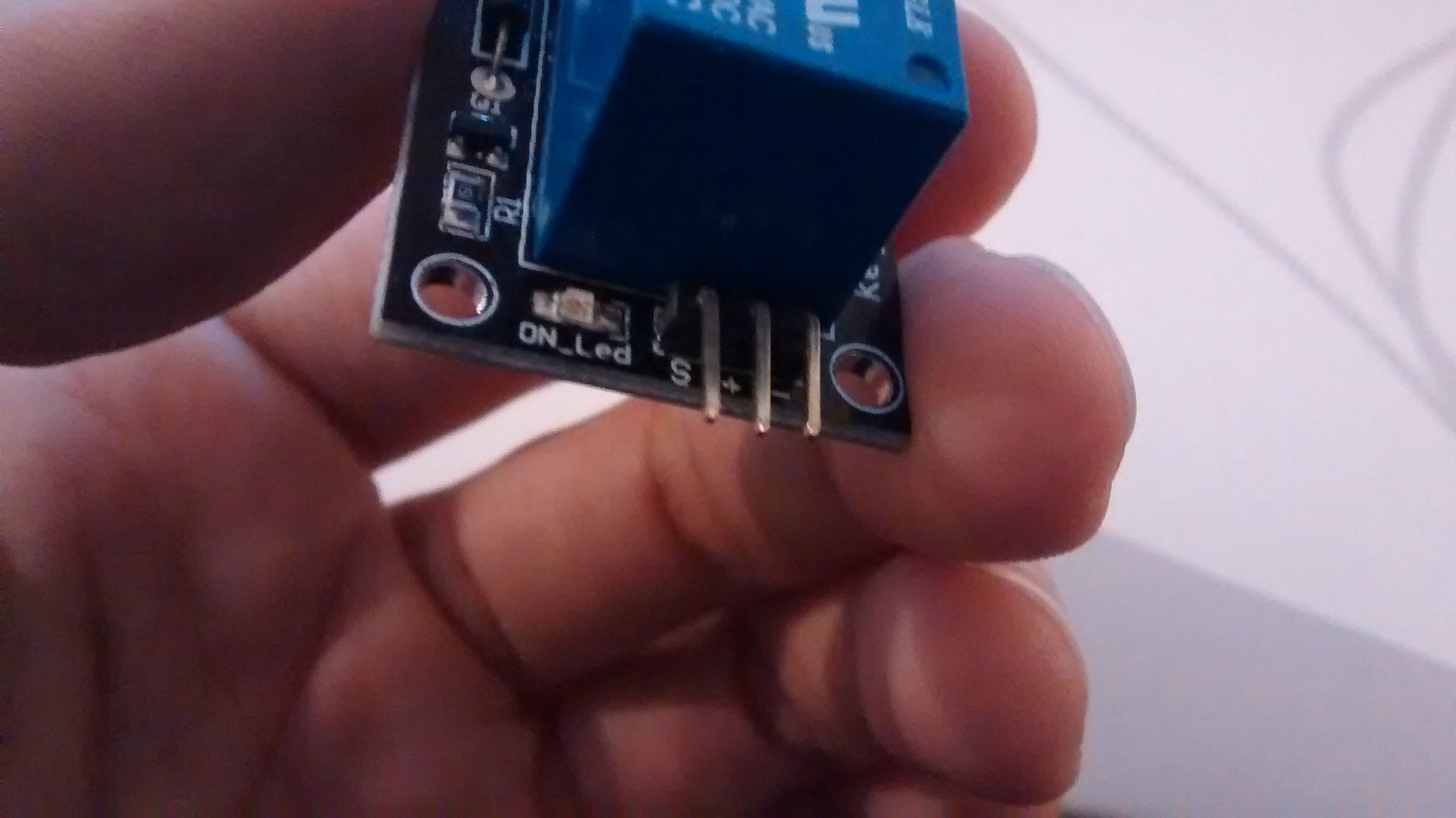BucketOfFish
- Oct 6, 2015
- 9
- Joined
- Oct 6, 2015
- Messages
- 9
Hi everyone,
I have a question about the attached circuit:
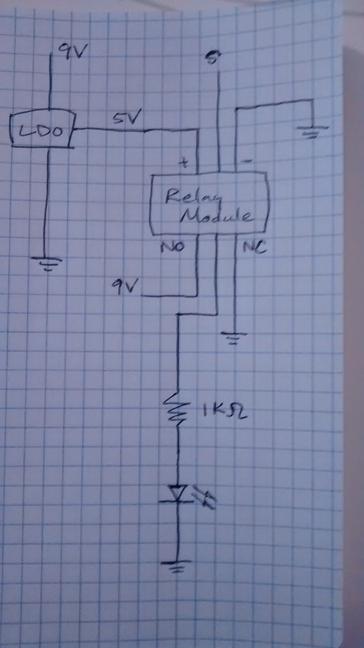
(Sorry if it's unclear - I have very little experience in drawing circuit diagrams). What I have here is a 5V relay module powered by a battery, with an LDO providing the 5V input to the relay. When the signal (S) pin is low, the module and LED are off. When S is high, the module and LED are both on.
My question is this - when the module is on, after a while the LDO gets hot. Why is this? I figure I probably need to add another resistor somewhere, but where is the best place?
I have a question about the attached circuit:

(Sorry if it's unclear - I have very little experience in drawing circuit diagrams). What I have here is a 5V relay module powered by a battery, with an LDO providing the 5V input to the relay. When the signal (S) pin is low, the module and LED are off. When S is high, the module and LED are both on.
My question is this - when the module is on, after a while the LDO gets hot. Why is this? I figure I probably need to add another resistor somewhere, but where is the best place?
Last edited:
